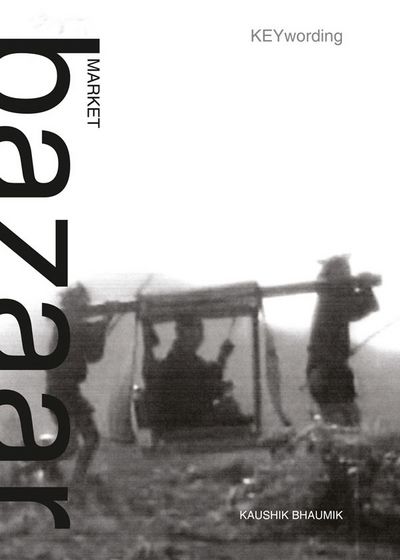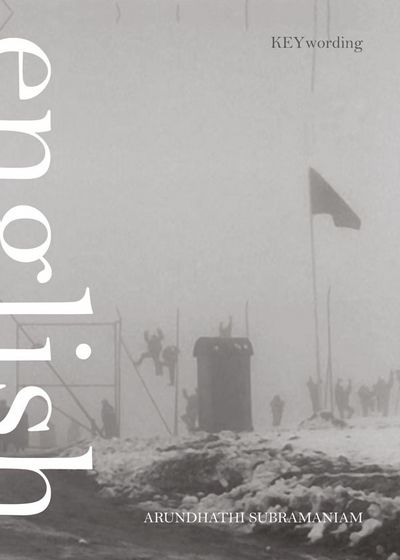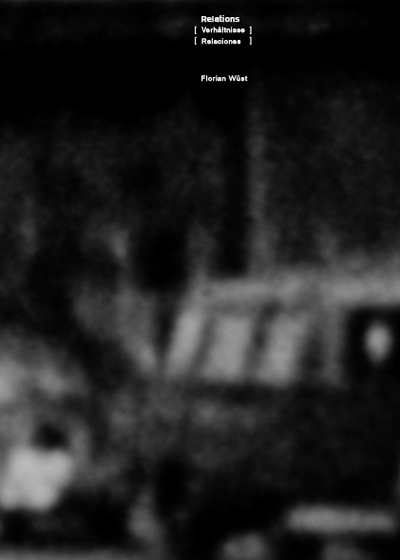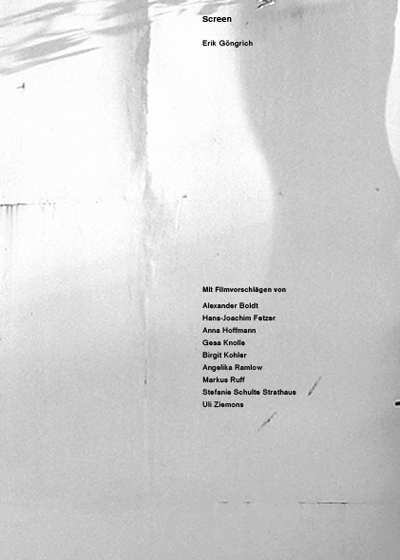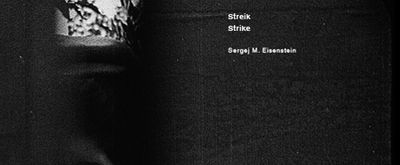KEYwording is a project by Madhusree Dutta and Ines Schaber.
Until the late 80s, the Arsenal, in whose context this project takes place, had used keywords as a search criterion for films in their collection. This practice was later abbandonned because "the standard categorizations used to sort films and make them accessible in a popular form would exclude many films as the given categories do not and cannot be applied to many of the experimental films that Arsenal collects."
Retrospectively though, the terms can be read not as a normative function within an archive, but as a positioning of an organization and its political agenda. The current project is to address, yet again, the space that lies between the possibilities of opening and locking of themes and practices when anchored on keywords. Keeping the Arsenal archive as the immediate context, instead of avoiding the pitfalls of applying words on films we attempt to pluck a few words from the contemporary cultural practices to rethink the ways of archiving and the struggle to keep contemporizing that what is archived.
Madhusree Dutta is a filmmaker and curator based in Bombay. Ines Schaber is an artist and writer based in Berlin.
KEYwording is part of "Living Archive – Archive Work as a Contemporary Artistic and Curatorial Practice".
Analog
Analog is a soliloquy that maps a circuitous journey between the spoken and the shot, that are collated and archived within the niches and crevices of living cultures. Approaching cinematography or writing with light through the older-pre-modern practices of words and diagrams, this text traces back the source of imagery and narrative, and our ways of apprehending them, to the base line of memory and thus, to the core of our consciousness. In this rendering image, perception, narrative and memory, both experiential and contrived as well as individual and collective, overlap and become indistinguishable - resembling an archive of unlabelled film cans. And thereby allowing the reels to get mixed up and then, eventually, to thread a new film by unwinding the canonised celluloid texts. (Madhusree Dutta)
Analog, 2013, 20 pages, English, 6 €

